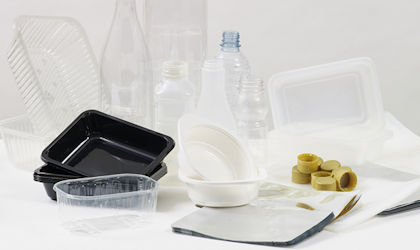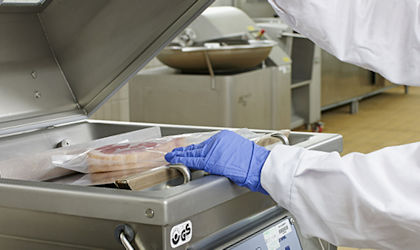Taint analysis
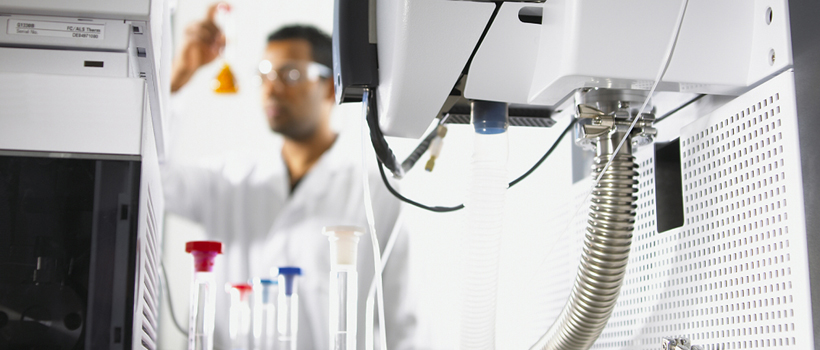
To discuss your needs
Chemical taints can arise through a number of routes - and understanding the cause of a particular taint is a prerequisite for preventing its recurrence.
Taints in food can be analysed by a combination of sensory and chemical methods. Sensory specialists describe the nature of the taint in terms of what it smells or tastes like; analytical chemists then use this information to determine the likely chemicals involved and carry out analyses to assess the levels of these chemicals. This can then lead to an understanding of its source.
Potential problems can also be evaluated to determine their severity. Is the chemical you are concerned about actually in the product and, if so, can it be detected in the food by the consumer? Our chemical and sensory analysis expertise can find the answers for you.
Packaging training courses
Explore our packaging related courses including; Packaging technology for non-packaging technologists
Are you getting the most from your Membership?
Watch our membership FAQ videos and find out more about Member Service Account spending, Member Interest Groups, help and advice
Key services

Package strength and integrity
Packaging must be able to withstand the rigours of distribution and storage.
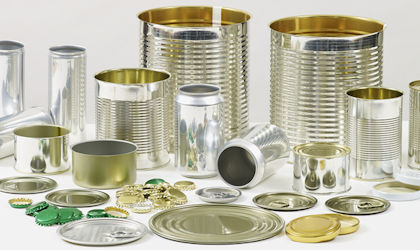
Metal
Testing of canned products within metal packaging may be required for various reasons including product/pack compatibility.
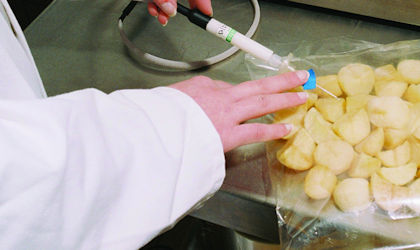
Modified atmosphere packaging
Ensuring the correct gas composition and gas:product volume ratio is critical.
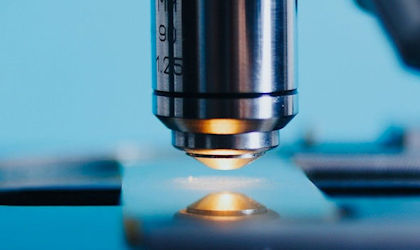
Packaging down the microscope
Microscopy can use a range of techniques to examine packaging materials including plastic and metal.

Packaging migration and taint analysis
Packaging must not transfer its constituents into food to the detriment of the food's quality.
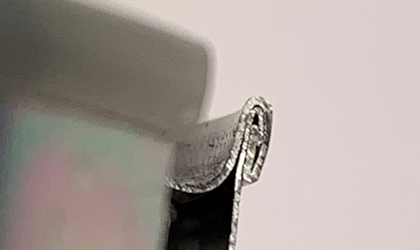
Metal can double seam assessment and troubleshooting
We can assess internal and external dimensions for any defects and breaching of critical seam parameters
Where we refer to UKAS Accreditation
The Campden BRI group companies listed below are accredited in accordance with the recognised International Standard ISO17025:2017 by the United Kingdom Accreditation Service (UKAS). The accreditation demonstrates technical competence for a defined scope of methods, specific to each site, as detailed in the schedules of accreditation bearing the testing laboratory number. The schedules may be revised from time to time and reissued by UKAS. The most recent issue of the schedules are available from the UKAS website www.ukas.com. Campden BRI (Chipping Campden) Limited is a UKAS accredited testing laboratory No. 1079



